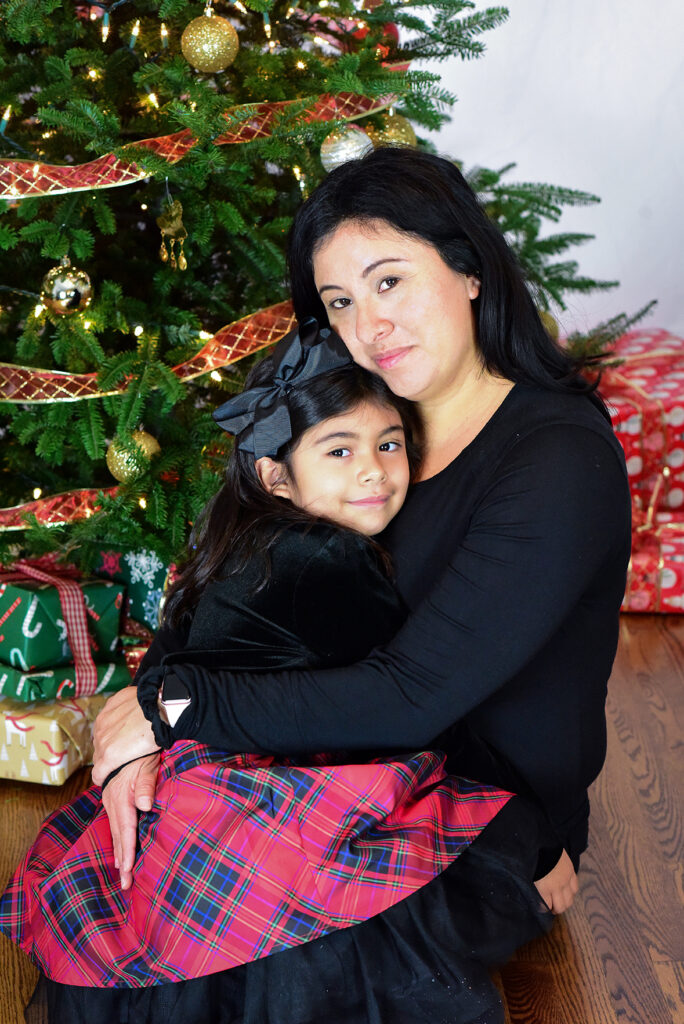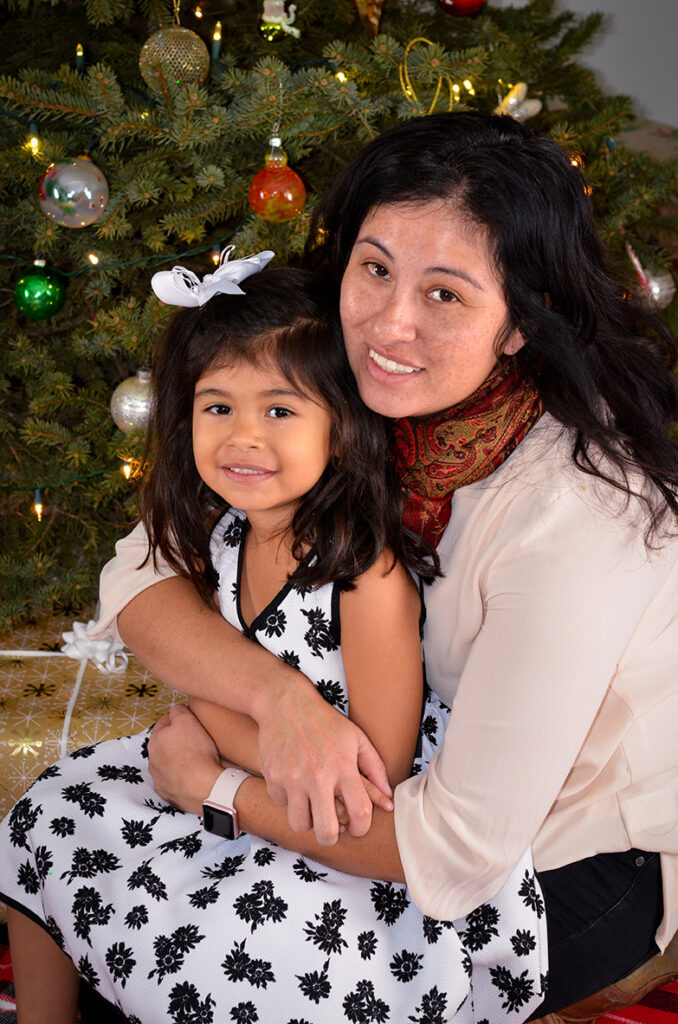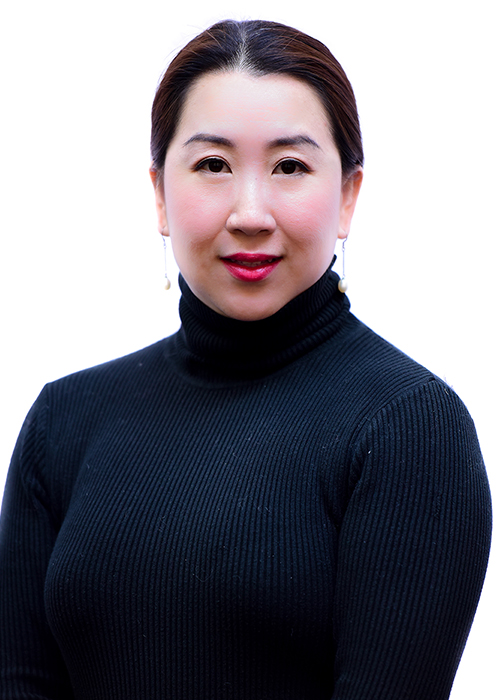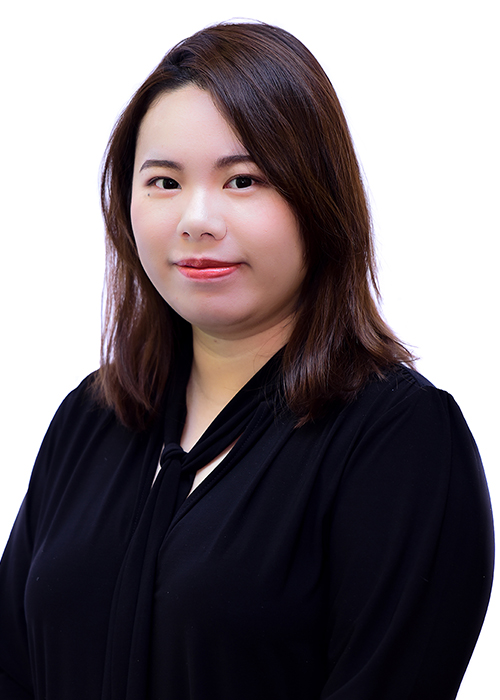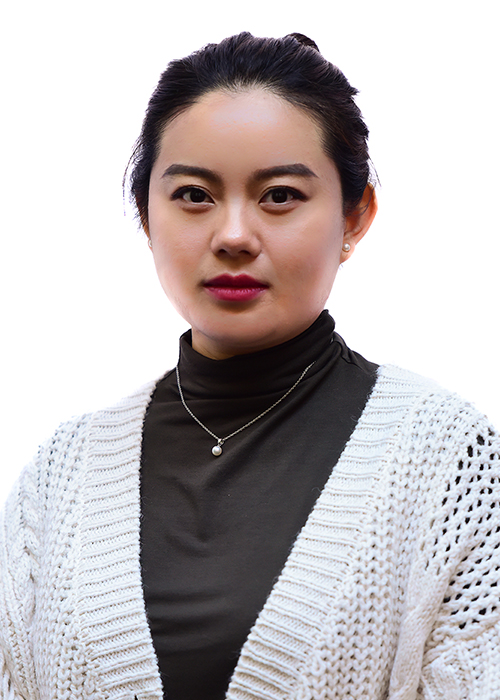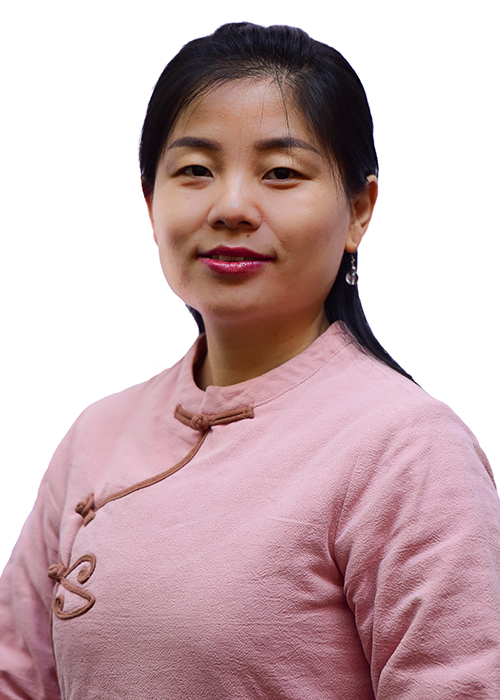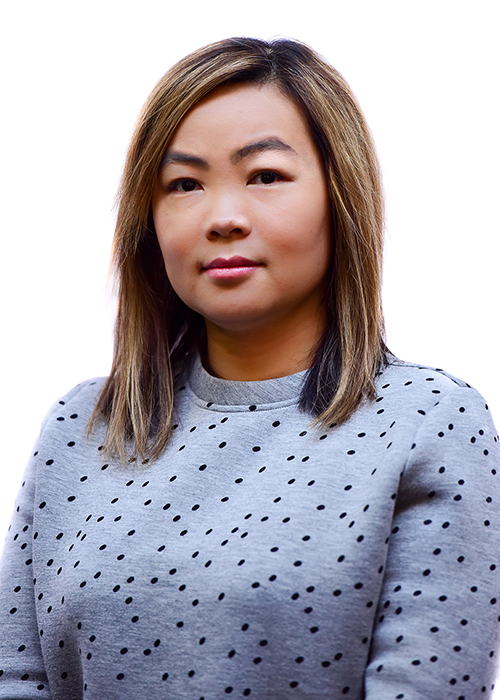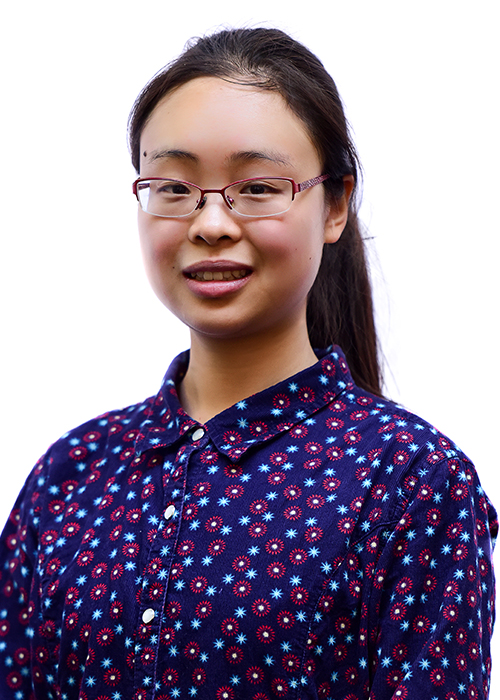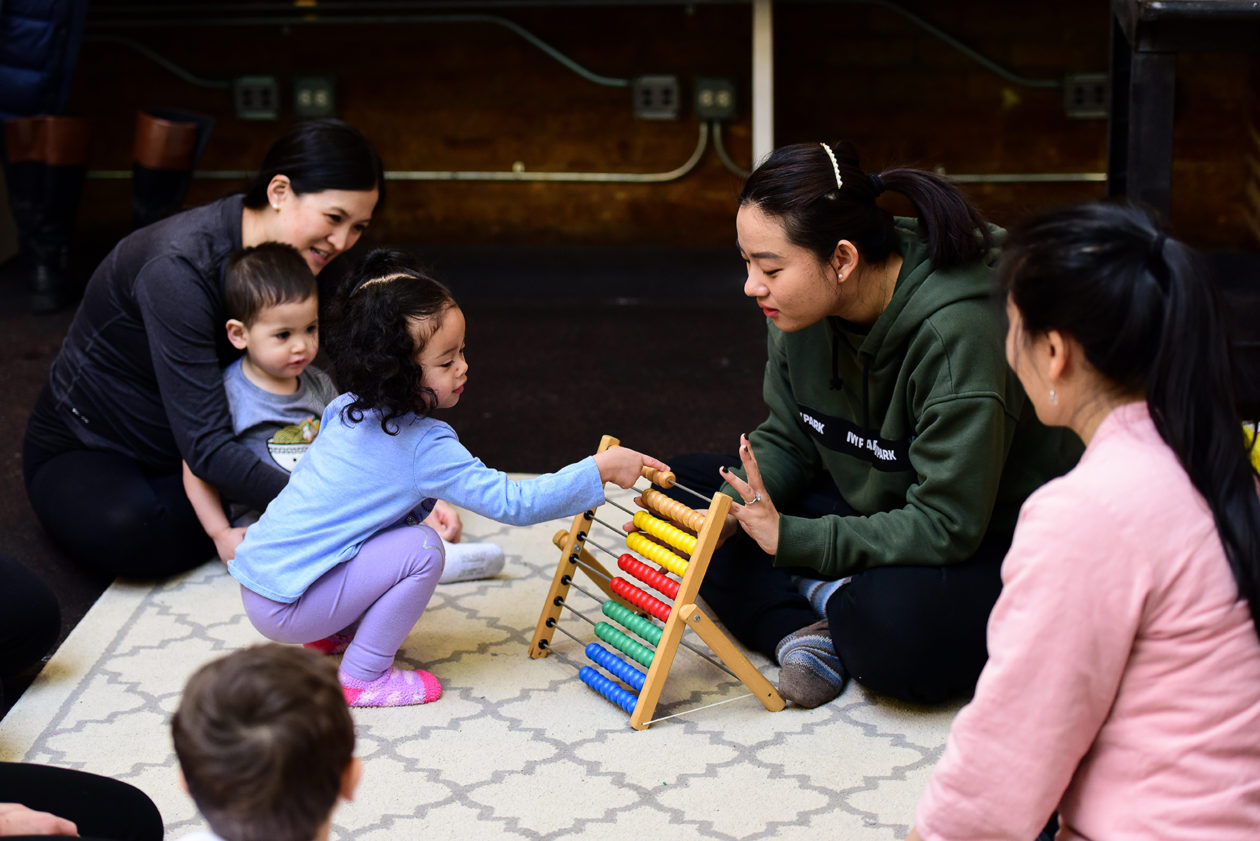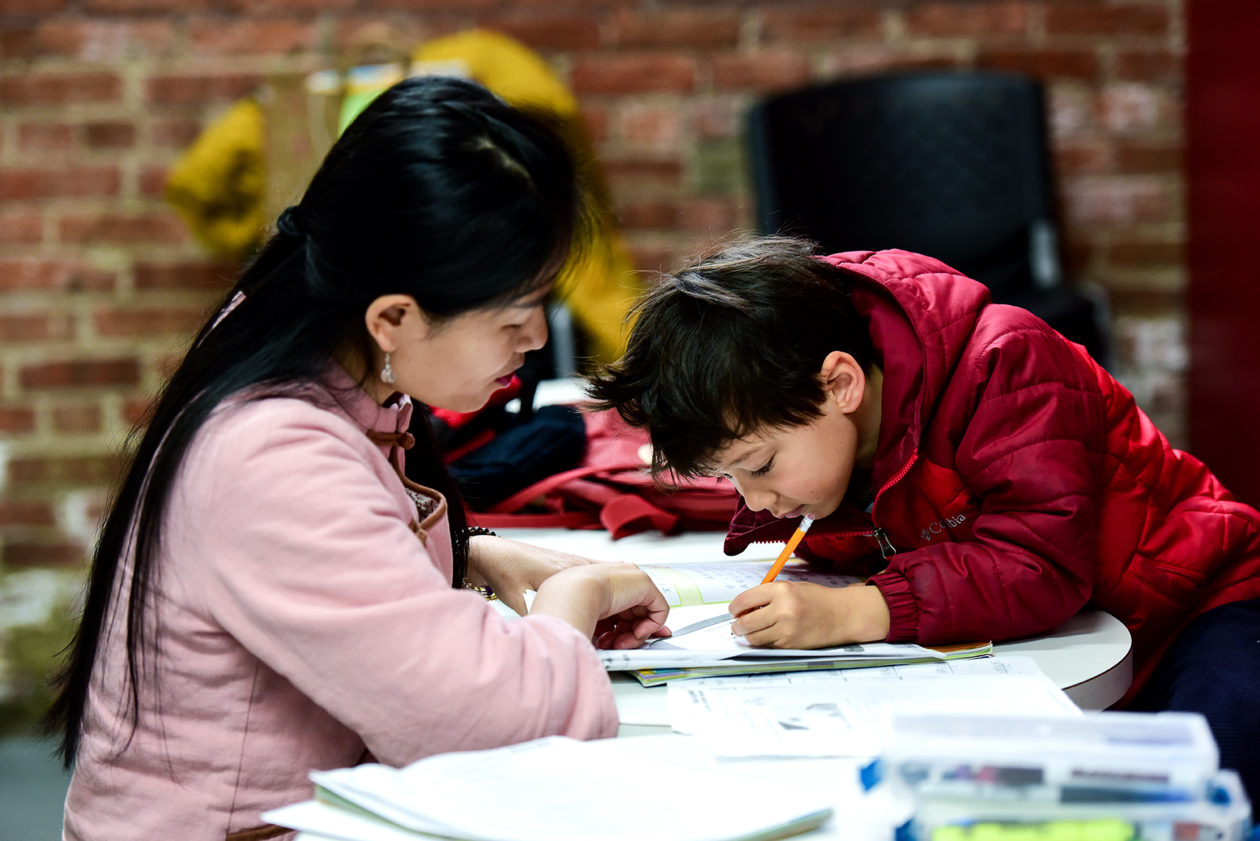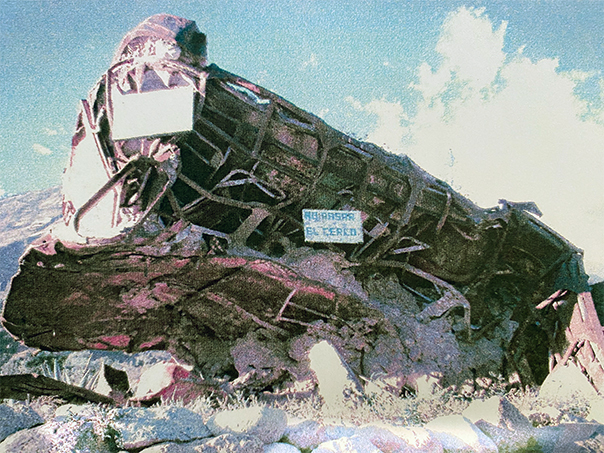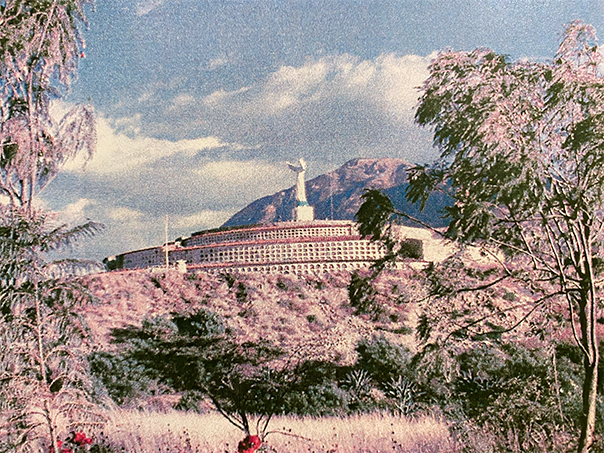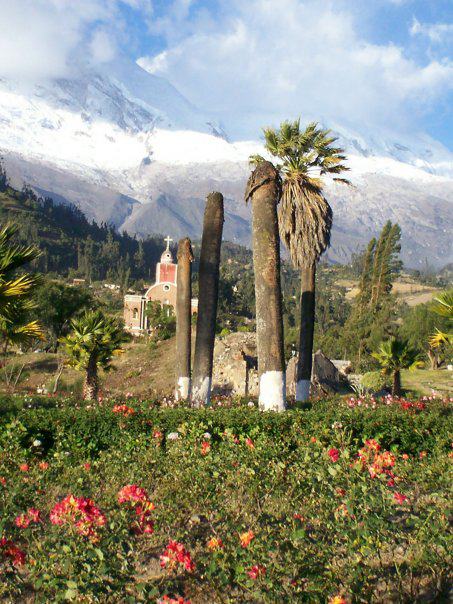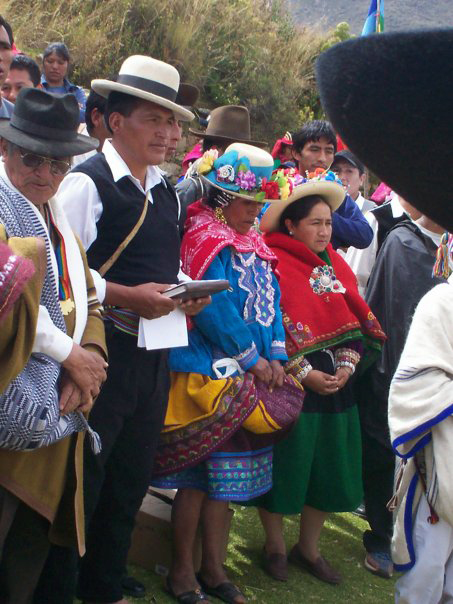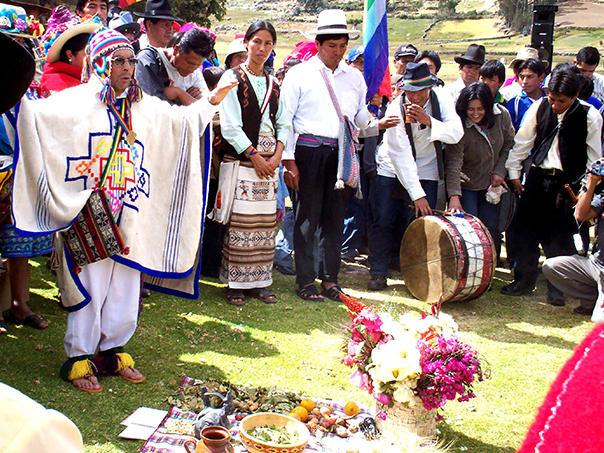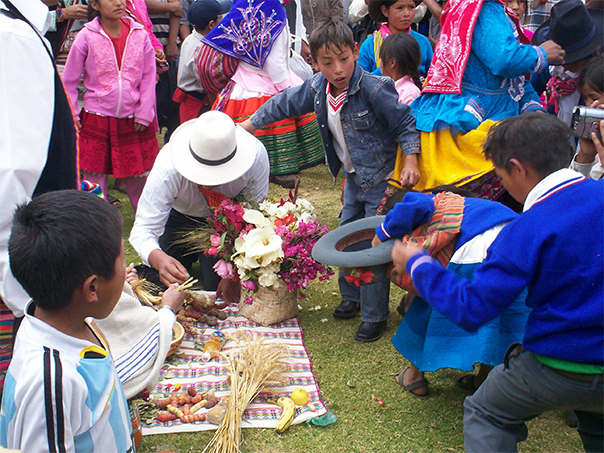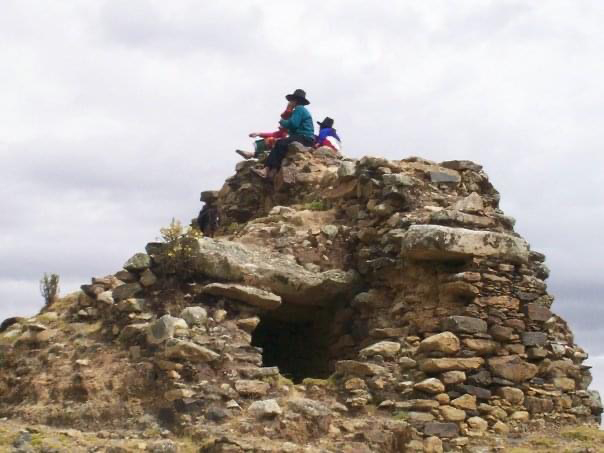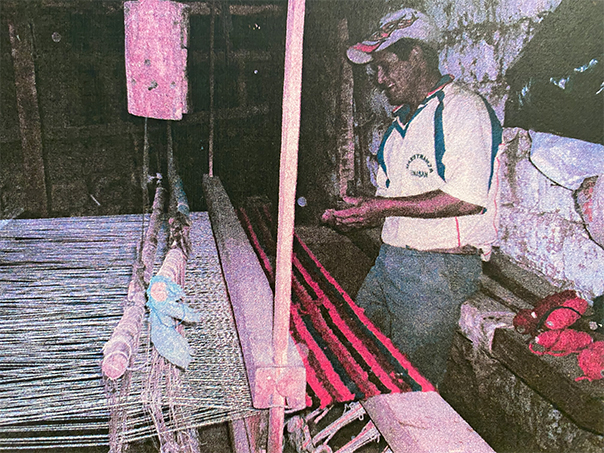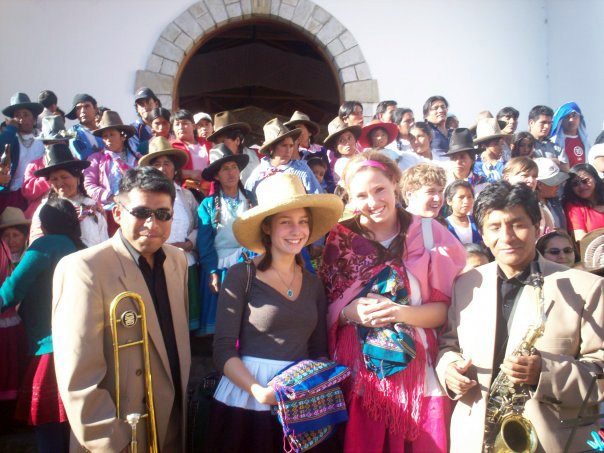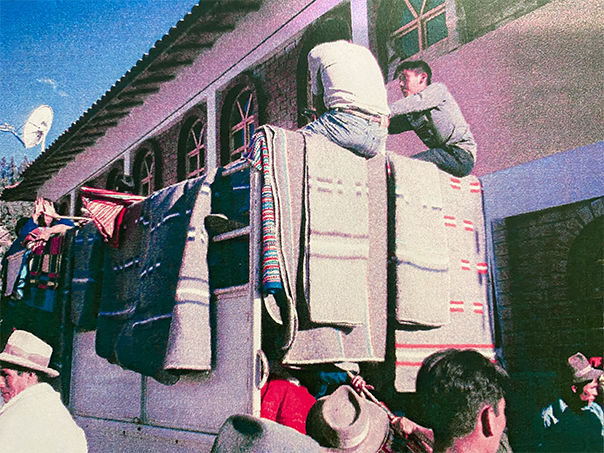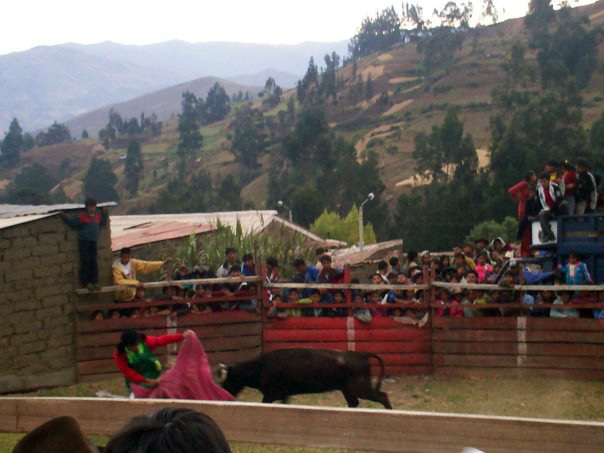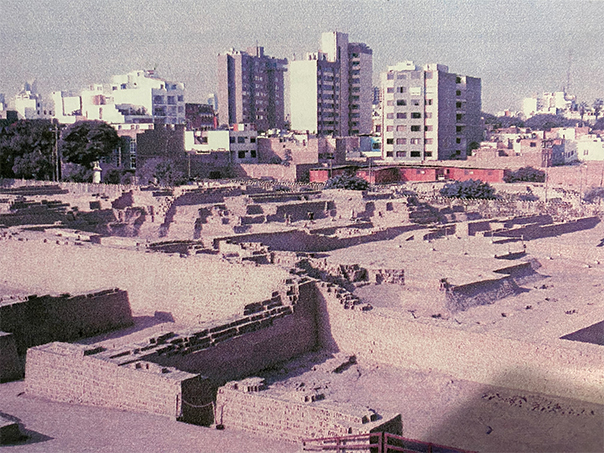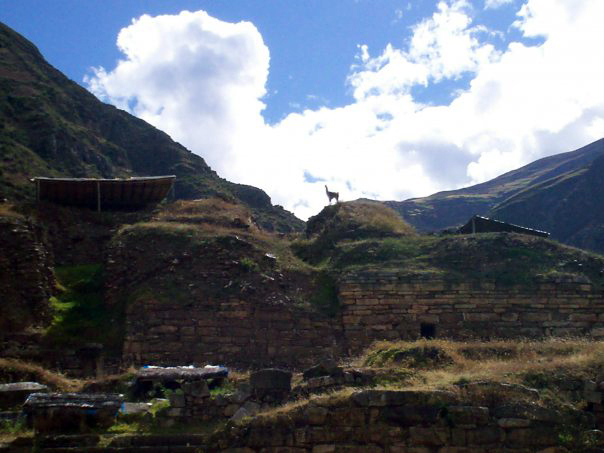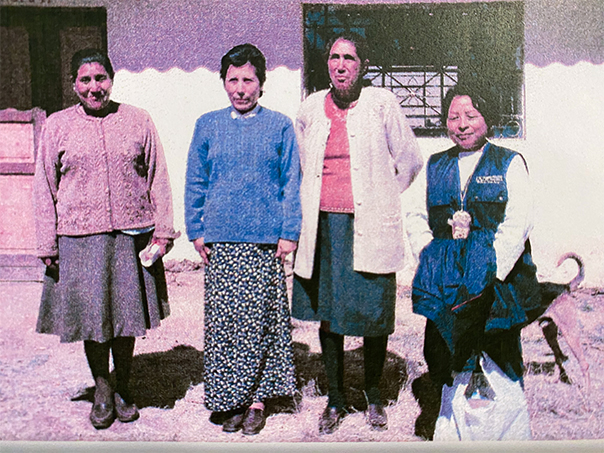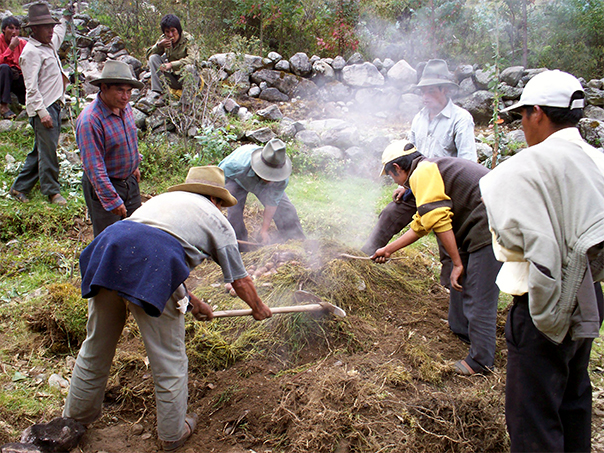Healthcare:
A rivalry between traditional healers and modern healthcare workers defined the community’s handling of health related issues. I explored a total of four local health professions. Cuyeras and midwives both used traditional healing practices while health promoters and hospital physicians used modern medical practice.
The cuyera is a traditional healer who uses a guinea pig (cuy) as a diagnostic tool. Patients visit the cuyerainfrequently for cleansings. During these cleansings the patient allows the cuyera to rub a live guinea pig all over their body for ten minutes. During this process energy is transferred from the patient to the animal, and so it is important for the animal’s gender to match that of the patient. After the transfer of energy the patient observes as the cuyera dissects the cuy. The animal’s blood, bone structure and organs are observed for ailments that may have transferred from the patient into the animal. After the cuyera makes her diagnosis she offers lifestyle advice to the patient.
At the cuyera’s house, I observed the features of the room while I waited for my turn. A single bed sagged against a wall of patchwork stone and brick. Dried flowers and soda bottles littered a table at the foot of the bed. Photos of Catholic icons lined the walls, obscured by clothing that hung from the ceiling.
When it was my turn I undressed slowly, adjusting to the cold and the cuyera’s watchful eyes. In The States I would have been offered a dressing gown, but here I was completely exposed. I took one last look at the unchanged bedspread and lay down. I heard a desperate squeak from the cuy as the cuyera gripped her hands carefully around the animal’s mouth and clawed feet. I closed my eyes tight and let out three deep breaths, as I was instructed to do so. Upon my last exhale I felt the cuy’s fur touch my forehead. It moved over my face and ears and down my neck. As the cuy passed over my chest, stomach and abdomen it bellowed continuous, shrill shrieks. Later, the cuyera explained that the cuy squeals like that when an ailment is entering its body. The animal was silent again as it passed over my legs, feet and backside.
Feeling very itchy from animal dander, I dressed and sat down next to the cuyera as she slit the animal from head to toe and peeled off its skin. The animal’s blood fell into a dish and the cuyera shook her head in alarm. My anxiety grew as she inspected each organ carefully and quietly looked on in disapproval. With the dissection complete, the cuyera washed her hands methodically as she spoke of my afflictions.
…
Pocha and Patricia thought it would be good to compare my cuyera experience with some other forms of healthcare that were being practiced in the area at the time. So the next day Patricia arranged a meeting with a group referred to as The Health Promoters. This group focused primarily on maternal physical health, but an underlying objective was the promotion of female empowerment and the simultaneous deconstruction of the oppressive, machismo mentality.
One aim of The Health Promoters was to reduce family size from an average of eleven to the smaller average of three or four. Health promoters began distributing various contraceptives and hosting education programs to alleviate fears associated with birth control. Previously, injection had been the only birth control option for women, and it was often administered without consent.
In addition to controlling the rate of reproduction, The Health Promoters also made an effort to document pregnancies. Documentation was acquired through home visits and mapping. The personal nature of home visits earned the promoters the trust of the women they served. This provided them with better information about how pregnancies occurred. Through this documentation process, The Health Promoters provided a voice for silenced women and girls who had become pregnant as a result of rape.
At the time that I left the area, The Health Promoters were tackling the issue of malnutrition. Efforts were being made to stop women from breast-feeding earlier and to start children on greater food varieties at younger ages. Due to national recognition, The Health Promoters were able to fund the malnutrition project with foreign aid donations, however, the organization’s group leaders attributed their successes to midwives and the local connections they helped make.
Midwifery continues to be an important practice in The Department of Ancash. In fact, midwives are usually the first practitioners contacted after conception and remain the patient’s only contact if both the pregnancy and birth go smoothly. Well after the birth of a child, the midwife continues to offer pediatric and postpartum care.
The profound reliance on midwifery is rooted in tradition, but confidence in the practice continues because of the vast and culturally distinctive services offered by midwives. Expectant women choose midwives for their intimate knowledge of herbs and remedies that are specific to the high altitudes of Ancash. I accompanied celebrated Midwife Don Pancho on a walk and he showed me that, despite the high altitude, herbs grow abundantly in the area. Don Pancho was able to explain the medicinal use of almost every plant we passed on our walk. His knowledge revealed to me that there are not only a wide array of plants being used medicinally, but there is also a significant number of ailments that midwives are able to treat with herbs. Don Pancho was able to induce abortion with one, fend off nightmares with another, and relieve indigestion and lactose intolerance with yet another. It occurred to me that midwives in Ancash are not viewed solely as birth specialists, but rather as general practitioners.
Isabel LaPena, an environmental lawyer, had accompanied us on our walk and interrupted only when I began to marvel at the abundance of herbs. Isabel alerted me to a growing problem that was threatening the local ecology, and thus the practice of midwifery in Peru. She explained that foreign pharmaceutical companies had come to Peru and developed patented, synthetic versions of the plants there. After synthetic versions had been developed, the natural plant life would be intentionally killed to reduce product competition. LaPena advocated for origin recognition and the requirement of foreign permits. She believed this was important for the protection of the area’s biodiversity, but also its traditional, cultural practices, such as midwifery.




